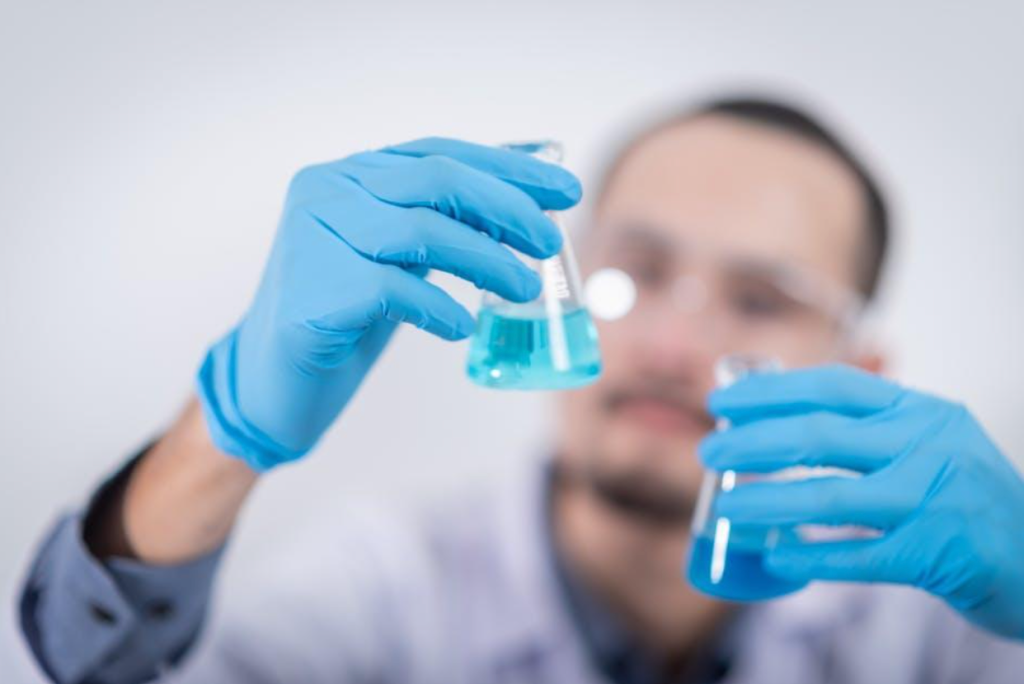What You Need to Know About HPLC Columns

Chemistry is a subject we all have some grasp of but perhaps don’t give enough importance to. But ever since the pandemic that began in 2020, there’s been a need for laymen to understand how chemistry is needed to improve our overall health.
One aspect of chemistry that you may not have heard about is HLPC columns. These columns are where the separation of samples in a chromatography procedure takes place.
It’s crucial to have a basic understanding of how these columns work for scientific experiments.
Here’s what you need to know.
Table of Contents
Normal Phase Column
A normal phase column has extra molar material. This column doesn’t use water in most cases. It usually contains chemical materials such as acetone, chloroform, methanol, and ethanol.
These types of columns are most often used when testing pharmaceutical products. As a result, they were instrumental in trying to understand what treatments could get used for viruses and other diseases.
This is the most common type of column when one studies chemistry. Everyone should have a basic knowledge of how this type of column works, as they’ll become increasingly important as healthcare gets revolutionized and as we prepare for future health scares.
ION Exchange HPLC Columns
These columns deal with ions, of which there are two types: cationic and anionic.
This type of column separates polar molecules on the basis of their type of charge. This means that the chemist can analyze cationic and anionic ions separately.
These are often used for studying food and are ideal if you want to gain a better understanding of nutrition. ION Exchange HPLC Columns are often used for studying amino acids, carbohydrates, and proteins.
This is a column for more advanced chemists. As a result, if you want to test out this column, you must ensure you have supervision before doing so.
Reverse Phase Column
This is the reverse of a normal phase column and has a non-polar stationary phase.
For the stationary phase, you use C8 and C18, which are both types of hydrocarbons. For the mobile phase, you can use water-acetonitrile or water-ethanol.
The separation of these components occurs in accordance with their polarity. Whatever the standard would be in a similar experiment using normal phase columns, the opposite is true with reverse phase columns.
This type of column is simpler to understand and also helps with a basic understanding of chemistry and chromatography.
Size Exclusion Column
The final type of HPLC column is the Size Exclusion Column. With this type of column, the sample gets separated by using the particle size as a determining factor.
There has to be a large number of particles in order to use such a column. It’s often used for separating carbohydrates and protein. As a result, it’s ideal for studying nutrition.
You can use this type of column to understand the different macronutrients in a particular food or supplement. One expects that there’ll be further research regarding nutrition that will make use of the size exclusion column.
As a side note, make sure you also understand the “end-capping” of an HPLC column before you go any further.
Now let’s look at some of the other things you’ll need to know if you want to further study chemistry and chromatography.
The Longevity of a Guard Column
You’ll have to maintain your guard columns so that you can use them for multiple experiments. You’ll eventually have to replace these columns, but you want to ensure that they last as long as possible.
In most cases, you can expect the average guard column to last between 200 to 500 injections.
You’ll have to wash these guard columns regularly, however. This ensures that you can make them last closer to 500 injections rather than 200 injections.
Often, the pressure and intensity from the chemicals can also weaken the guard columns. If you conduct experiments often, you might need to replenish your guard column stock regularly.
Cleaning HPLC Columns
Now let’s look into how you would go about cleaning HPLC columns to ensure they last as long as possible.
Unless they’re aqueous, you shouldn’t solely depend on water to clean these columns. You should create a mixture of water and organic solvent. Mix these two in a bowl until you reach a consistency.
You want to then clean each column separately in the mixture. This might be time-consuming, but it’s always better than cleaning many columns in one go.
After you clean the columns, make sure you dry them as soon as possible. You should leave them out to dry and keep them wrapped in a paper cloth or towel.
Make sure you wear protective gloves and glasses while cleaning HPLC columns. Once you finish the cleaning process, you want to clean your hands with soap and water and then dry them.
You should clean your HPLC columns at least once per week. You might even consider cleaning them after you complete each experiment.
Best Practices
Columns should get used as fast as possible. Don’t order in bulk unless you have several experiments underway. If you have columns lying in storage for at least a month, you might need to dispose of them.
Make sure you never keep them in areas where they can gather dust or bacteria. You might need to clean and dry the columns before beginning your experiments.
Always consult a professional chemist before you start any experiment involving these HPLC columns.
Learn Chromatography
Now you know the different types of HPLC columns and can start learning about chemistry and chromatography.
A normal phase column is the most common option for chromatography. A reverse phase column works in a similar fashion but in the opposite direction.
ION exchange is great for studying nutrition. Size exclusion is ideal if you need to separate your materials and if they’re comprised of large particles. Make sure you follow our tips and best practices if you want to partake in chromatography experiments more often.
You can read more great articles about science on our website.
Read Also: A Guide to Caring for Aging Parents




